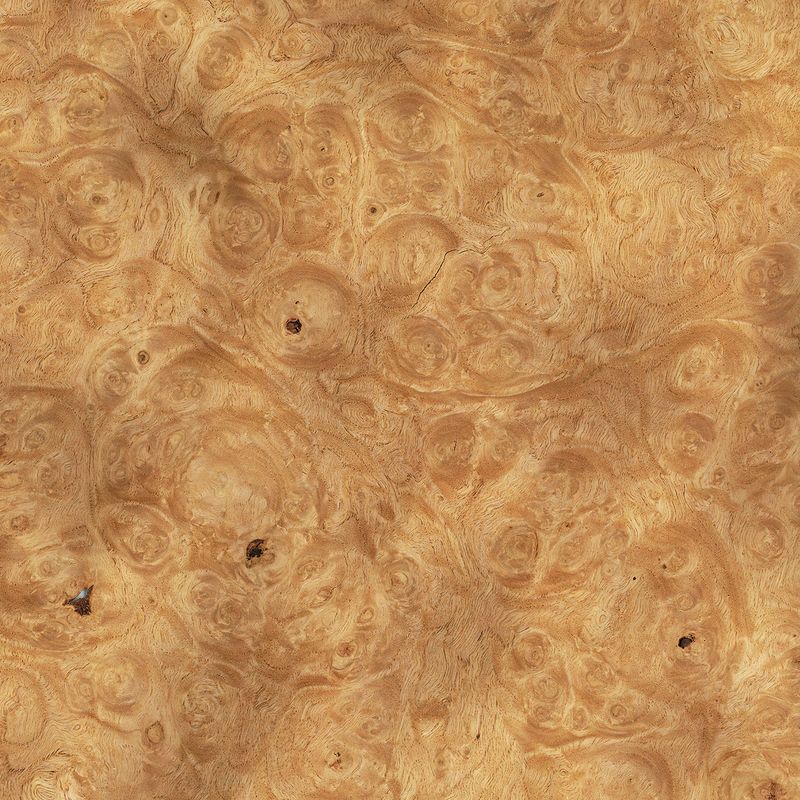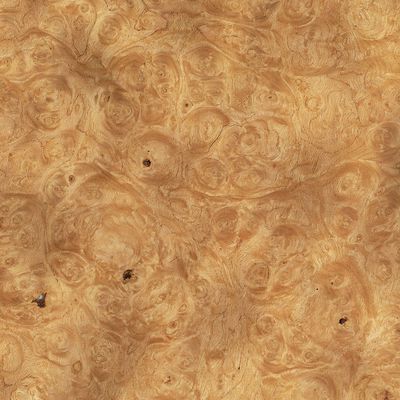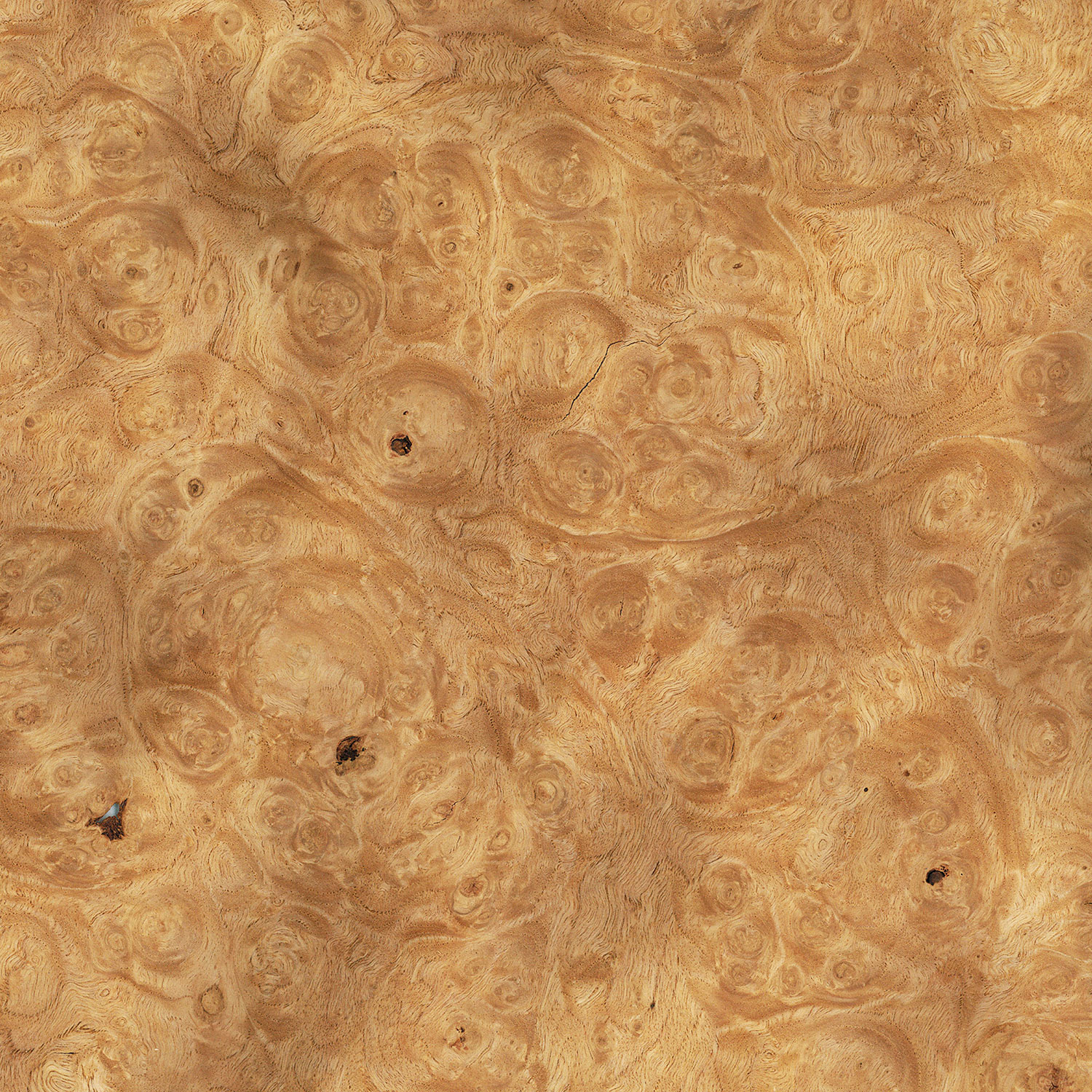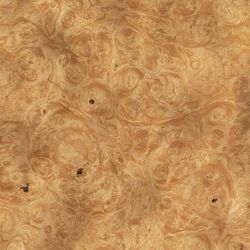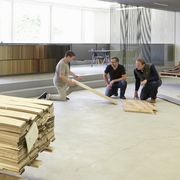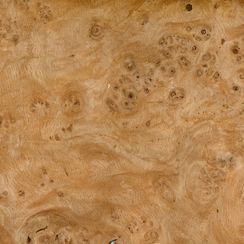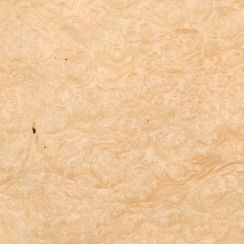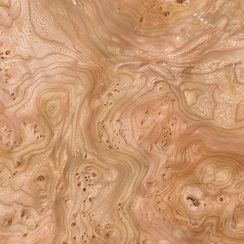Make an appointment at our concept.room for your individual project consulting
Veneer Chestnut Burl
BackDetailed Description
A fast-growing, large tree up to 25 m high with diameters of up to 120 cm. Due to the strong cane deflection, the shaft is rarely knot-free above 10 to 12 m. The sweet chestnut reaches a very high age. The bark is shiny red-brown on annual branches with white lenticels, on perennial olive-brown, stained by lichen, and shows bark formation after the 15th year. It is grey-brown with longitudinal cracks and contains about 12% tannic acid.
Tradenames and other names
Bot. Name: Castanea sativa
Tradename De: Edelkastanie Maser
Tradename En: Chestnut Burl
Properties
Raw density: 540 - 620 Kg/m3
Occurrence
The chestnut originates from Asia and was cultivated in Europe in ancient times, so that the main occurrence today is still in the countries of the Mediterranean area, especially in Portugal, Spain, Italy, the Balkans, North Africa and Asia Minor to the Caspian Sea. North of the Alps, the chestnut is found especially in Switzerland, southern Germany, southern and western France and southern England.
Characteristic and wood color
Sapwood and heartwood well separated. The sapwood is very narrow and dirty yellowish white, while the heartwood is light brown and shiny when freshly cut, later darkening. The wood is similar in colour and texture to European oak, but is more delicately flamed, in radial cut without mirror and in tangential cut not lengthwise striped. The medullary rays are narrow. Growth zones are just visible to the naked eye. The structure is rather fine and long-fibred.
